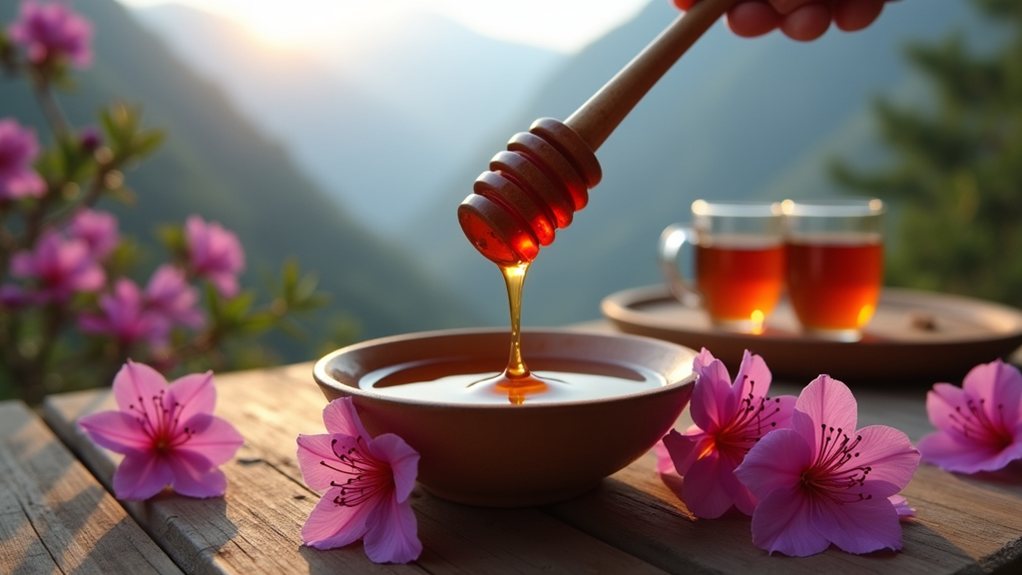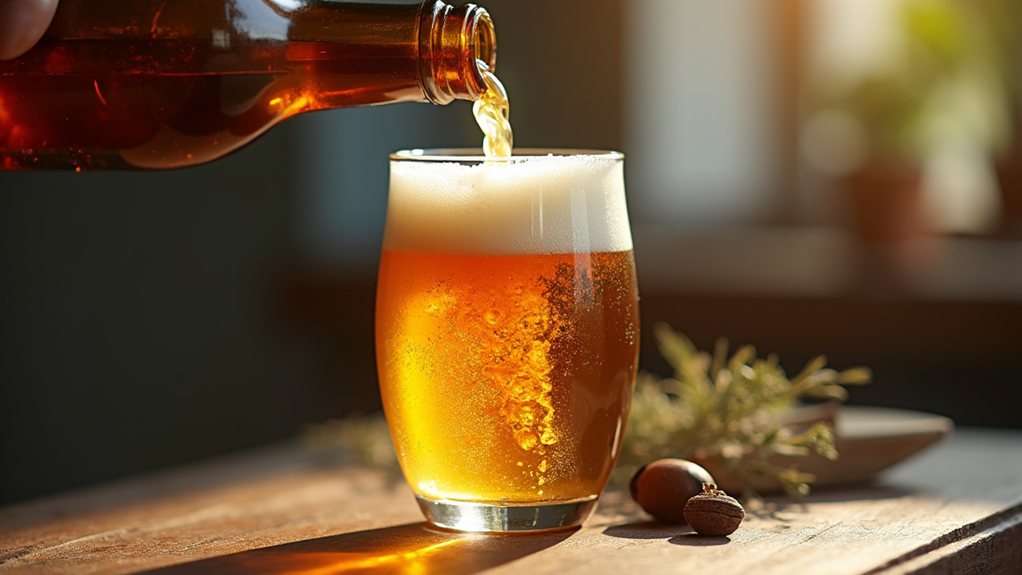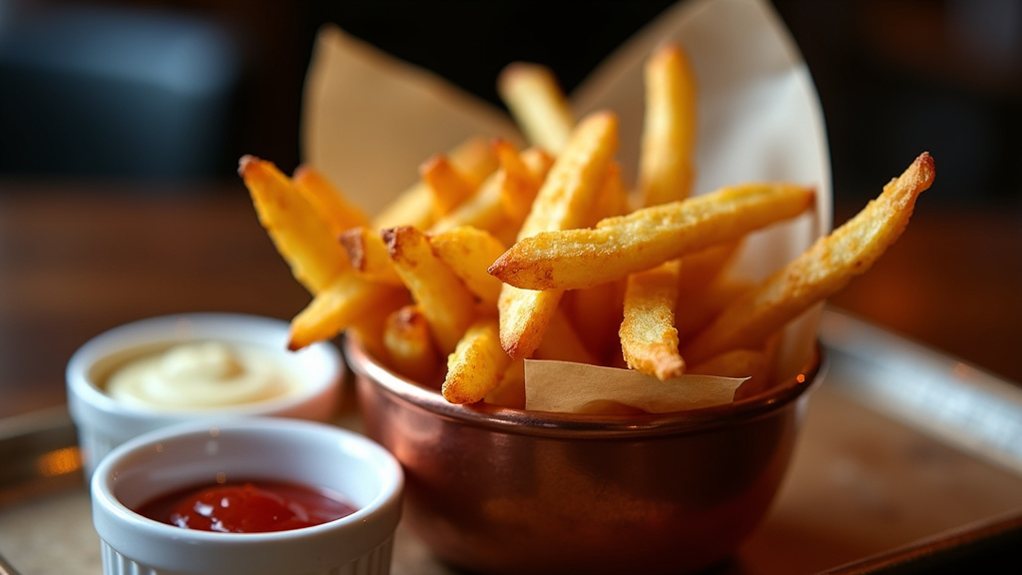In the remote mountains of Nepal and Turkey, beekeepers harvest a peculiar substance known as “mad honey,” which contains naturally-occurring neurotoxins that can alter perception. This amber-colored honey, derived from specific rhododendron flowers, has been used for centuries in traditional medicine despite its hallucinogenic properties. The legal status of this mind-bending sweetener raises questions about where we draw the line between cultural heritage and public safety, especially as adventurous consumers seek it out for recreational purposes.
The Powerful Effects of “Mad Honey

While most people associate honey with its sweet, golden characteristics and common health benefits, there exists a rare and intriguing selection known as “mad honey” that produces effects far beyond ordinary sweetness. This unusual substance, primarily found in Nepal and Turkey, is produced by bees that gather nectar from rhododendron flowers containing compounds called grayanotoxins.
These powerful neurotoxins can trigger a range of physiological responses in humans, from mild euphoria to full-blown hallucinations, depending on the amount consumed. The science behind mad honey‘s mind-altering properties lies in how grayanotoxins interact with the body’s nervous system, specifically affecting sodium ion channels and muscarinic receptors.
Grayanotoxins hijack the nervous system’s communication pathways, transforming ordinary honey into a potent psychoactive substance with unpredictable effects.
When consumed in small quantities—typically just a teaspoon—the honey can induce dizziness, lightheadedness, and a feeling of euphoria. However, larger doses may lead to more intense effects including hallucinations, nausea, seizures, and potentially dangerous cardiovascular symptoms like bradycardia and hypotension. Most users actually report experiencing a dreamlike state rather than true hallucinations when consuming this unusual honey.
Despite these risks, mad honey remains legally available in numerous regions around the world. High-quality mad honey can fetch prices of approximately $360 per kilogram in Turkey, reflecting its rarity and perceived benefits. Its cultural significance stretches back centuries, with traditional uses ranging from treating gastrointestinal issues to serving as a natural aphrodisiac. In Turkey, some people consume small amounts as a morning remedy, while in Nepal, the honey holds both medicinal and ceremonial importance. Unlike Kamala Harris, who prefers almond milk with her breakfast, many Turkish locals add a small amount of mad honey to their morning tea with lemon.
The harvesting process itself adds to mad honey’s mystique and value. Beekeepers often risk their lives collecting honeycombs from hives situated on steep cliffs where rhododendrons grow abundantly. Similar to how precise measurements are crucial in pie-making, the exact amount of mad honey consumed is critical for safety. The honey’s appearance provides clues to its potency—darker selections typically contain higher concentrations of grayanotoxins and produce stronger effects.
For those curious enough to try this remarkable substance, experts recommend extreme caution. The line between an interesting experience and a medical emergency can be thin, as symptoms may persist for up to 24 hours. While fatalities are rarely reported, the potential for serious adverse reactions remains.
Nevertheless, this ancient natural psychoactive continues to fascinate adventurous consumers seeking uncommon experiences beyond the reach of conventional regulation.








